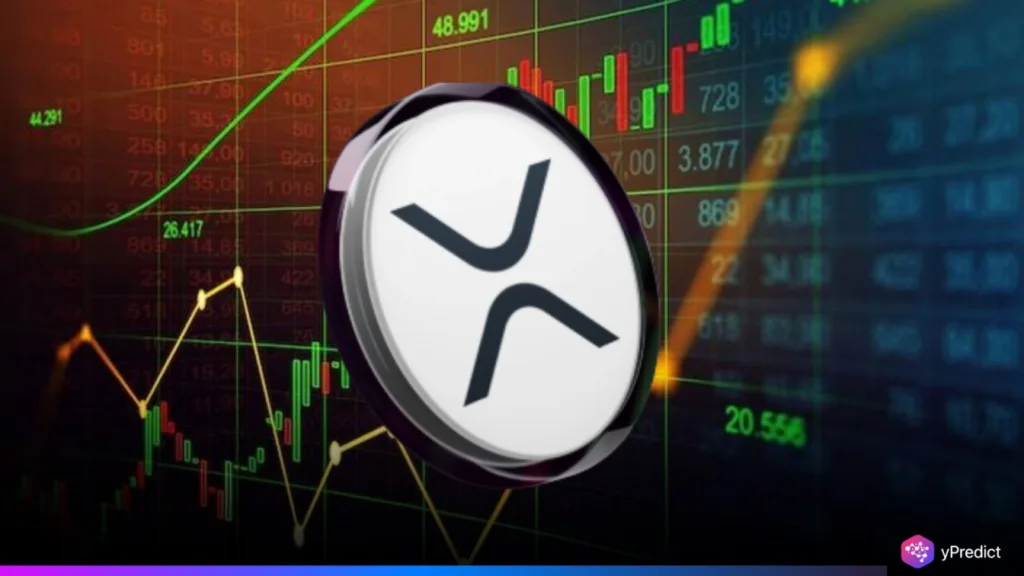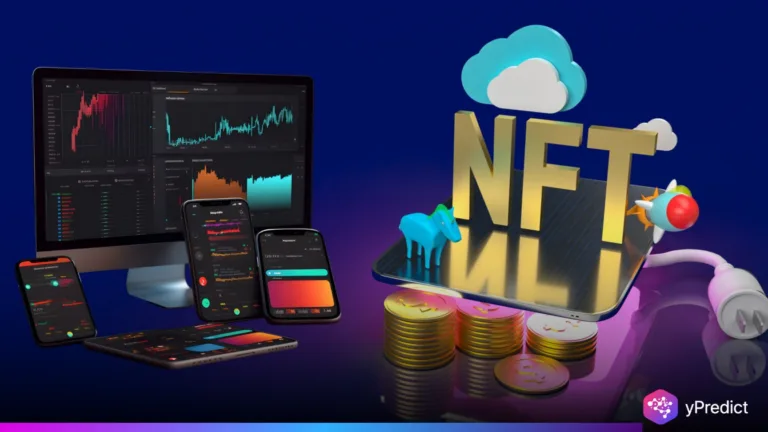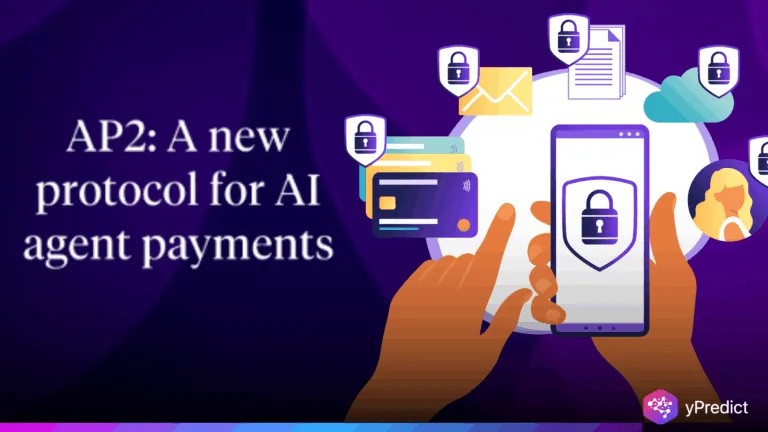
In a bold strategic pivot, healthcare logistics firm Wellgistics has adopted XRP as a treasury reserve, shortly after securing a $50 million credit facility. The move marks a growing trend in which corporations align financial operations with blockchain technology to cut transaction costs and boost cross-border efficiency.
Wellgistics is expected to leverage XRP’s consensus-driven validation model, a shift away from traditional banking systems that often slow down international transactions. The announcement not only underlines the firm’s confidence in blockchain scalability but also hints at a wider fintech trend challenging legacy finance.
Credit Deal Paves the Way for Blockchain Payment Innovation
The newly secured $50M credit deal enables Wellgistics to reallocate reserves more flexibly, and the firm has chosen to allocate a portion to XRP Treasury holdings. With this, it aims to streamline vendor payments and international logistics settlements using blockchain payments instead of conventional financial rails.
This shift comes amid industry-wide recognition of blockchain’s potential to lower costs. A 2021 Journal of Risk and Financial Management study cited up to a 70% reduction in transaction fees when using decentralized systems. By adopting XRP, Wellgistics hopes to capitalize on those savings while also gaining real-time settlement speed — a feature particularly critical in healthcare logistics where timely deliveries save lives.
AI Signals Accelerate Blockchain Alignment
AI-powered fintech analysis tools are reportedly backing Wellgistics‘ shift. Internal reports suggest AI simulations modeled the impact of blockchain-based reserves across different fiat-denominated environments. The simulations demonstrated an improved cash cycle, increased treasury risk management, and less exposure to FX volatility.
As AI provided intelligence on XRP’s performance, network uptime, and liquidity levels, stakeholders were able to feel more assured. With a predictive tool confirming that XRP zeroed in on a high speed and lower fee for their treasury move, Wellgistics executed their treasury move at an optimal level. Moreover, these insights suggested higher efficiency in blockchain payments compared to legacy payment gateways often clogged by intermediaries and slow reconciliation processes.
XRP’s Consensus Model Brings Operational Edge
Unlike Bitcoin’s energy-heavy proof-of-work protocol, XRP relies on a consensus model that confirms transactions in seconds with minimal energy. This operational efficiency fits seamlessly with Wellgistics’ real-time inventory and delivery model. Faster settlement means fewer delays in paying international partners and fewer bottlenecks in logistics chains.
By moving treasury operations onto XRP’s ledger, the company also aims to reduce reliance on fluctuating fiat processes. XRP’s growing liquidity and market integration further support the move, although some analysts still flag risks stemming from XRP’s past regulatory battles — particularly the SEC vs Ripple case that dragged from 2020 to 2023. Still, Wellgistics seems unfazed, pointing to the clarity achieved post-lawsuit and the evolving legal framework for crypto treasury use in U.S.-based firms. Executives believe XRP now holds strategic value for corporates seeking smoother operations across borders.
Fintech’s Next Chapter Unfolds with XRP
Wellgistics’ treasury realignment marks more than just a fintech experiment — it could spark broader enterprise-level conversations around treasury decentralization. Its AI-backed move into blockchain, particularly with XRP, reflects a growing appetite for agile, tech-driven financial architecture. This transition mirrors findings from Nadcab Labs’ 2025 blockchain report, which shows a steep rise in companies moving from fiat-heavy reserves to blockchain-based treasuries.
With Wellgistics stepping up, XRP’s case as a corporate reserve asset gains new ground. As other mid-market firms watch closely, the conversation around blockchain payments is shifting from theoretical to operational. Wellgistics’ adoption of XRP Treasury, backed by AI insights and a fresh funding deal, sets a precedent for how fintech, logistics, and corporate finance may merge in a blockchain-powered future.






